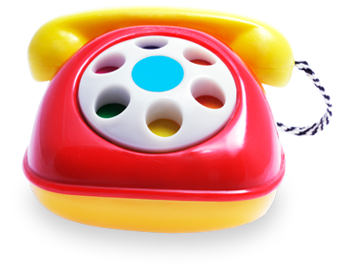Childhood Myopia
Slowing the Progression of Nearsightedness in Children
Myopia -- also called nearsightedness -- can interfere with your child’s schoolwork, sports, and daily activities. Left untreated, the inability to see distant objects clearly can rapidly worsen with age. Duke pediatric optometrists aim to intervene in myopia progression by identifying and managing the condition as early as possible. We offer new FDA-approved and other novel treatment approaches beyond corrective lenses. Controlling the advancement of your child’s myopia can improve their long-term vision and eye health and may reduce their risk for more serious eye conditions -- including retinal detachment, glaucoma, and macular disease -- when they are adults.
Learn about Duke Eye Center so you can prepare for your child's appointment.

Where you receive your care matters. Duke University Hospital is proud of our team and the exceptional care they provide. They are why our ophthalmology program is ranked seventh in the nation and is the highest-ranked program in North Carolina, according to U.S. News & World Report for 2024–2025.

